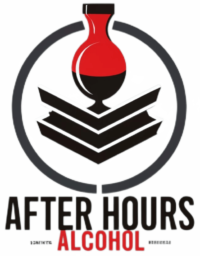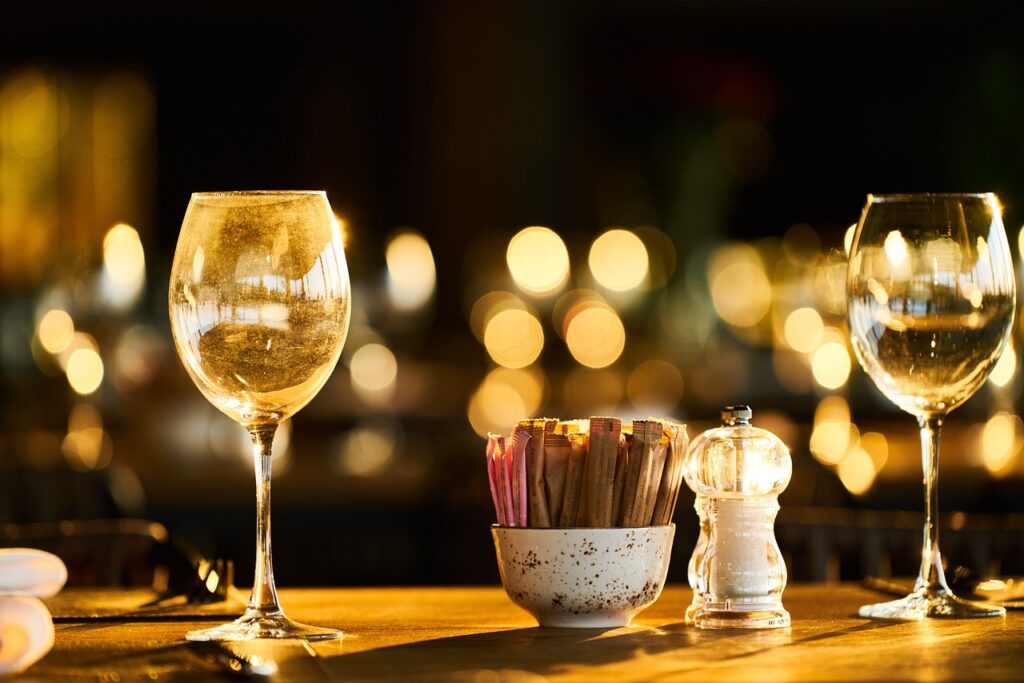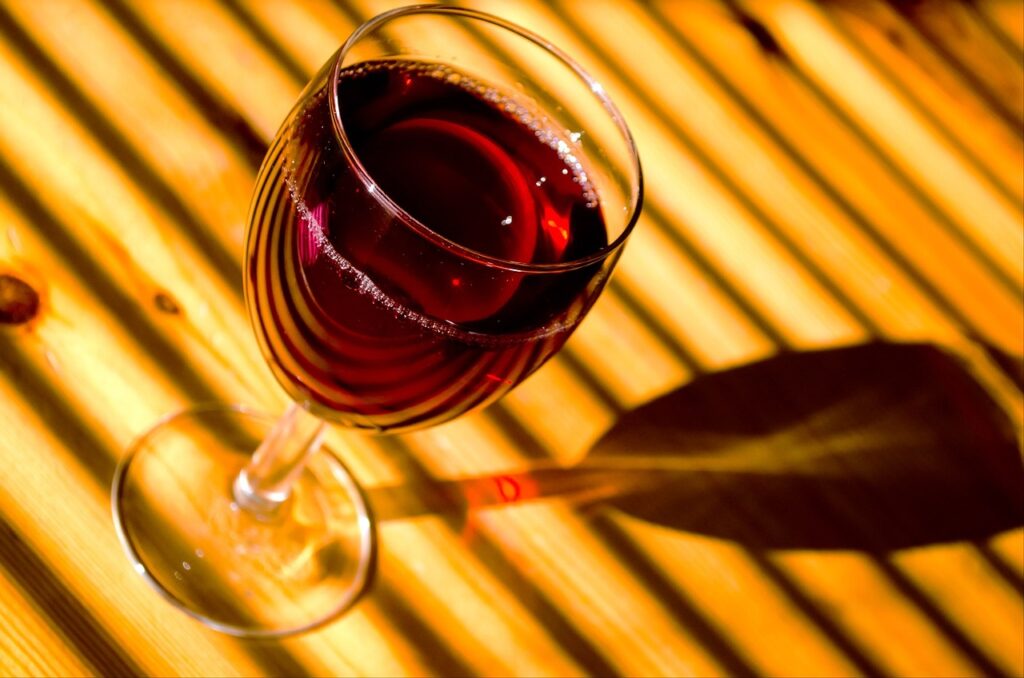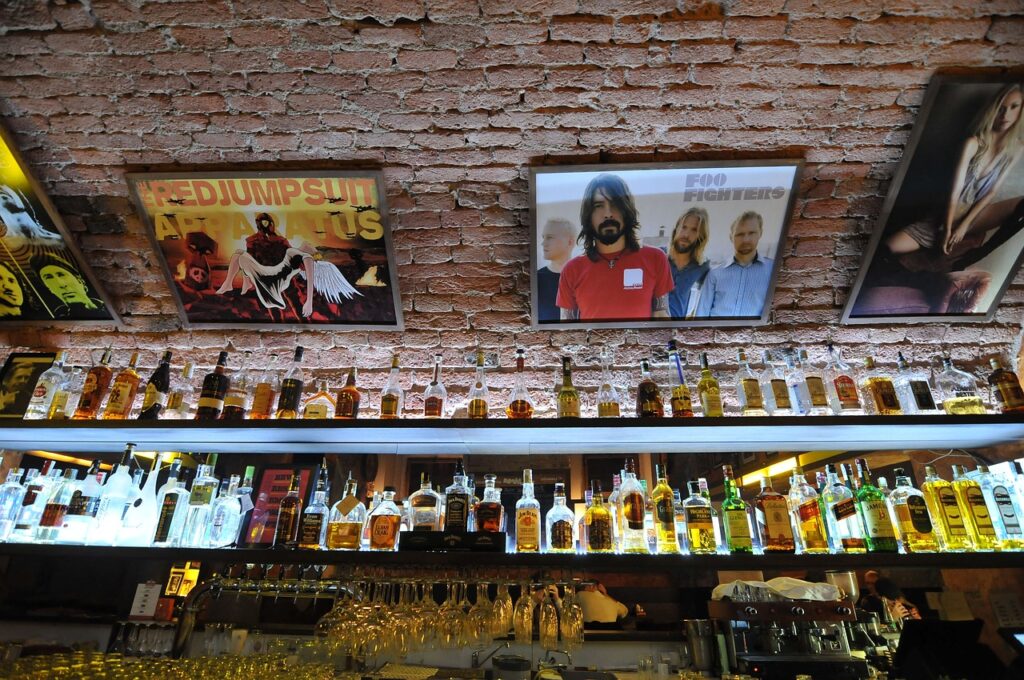Learn the latest information about alcohol, from the most popular types to the effects of intoxication on the brain and behaviour.
In today’s recap, we compiled ten interesting tidbits about booze that will spark conversation at your next cocktail gathering.
1. The world’s most popular alcoholic beverage is not vodka but rather baijiu.
Need to know what baijiu is? The sorghum-based alcohol produced in China accounts for $ 23 billion in annual sales. Baijiu has a pleasant flavour and pairs nicely with Asian cuisine; its alcohol content ranges from 40 to 60 percent.
2. Brain oxygen deprivation causes intoxication.
Blood clots, or clusters of red blood cells, prevent oxygen from reaching the body’s tissues, as experts have demonstrated. Feelings of liberation and pleasure after consuming alcohol are caused by hypoxia or a lack of oxygen to the brain.
3. Cachaca is different from rum.
While molasses is a byproduct of sugar cane processing, Cachaca is distilled from the plant’s juice. Despite the common misconception, Cachaca and Brazilian rum are different. Cachaca, by the way, is the main ingredient in the Brazilian national drink, the caipirinha.
4. An ancient thermometer’s brandy reservoir.
The thermometers of the XVI century worked quite well when filled with alcohol instead of mercury. Mercury was substituted for alcohol because of its superior physical properties.
5. Blood alcohol content is the most sneaky kind of intoxication.
The blood alcohol content is inversely proportional to the severity of drunkenness. Expected behaviour is observed at an alcohol concentration of roughly 0.5 grams per litre. Still, at 1 gram per litre, the nerve centers cease to operate correctly despite an outward appearance of “sobriety.” This level of focus is hazardous for motorists, as the accident rate rises by a factor of 14. Small and substantial motor skill abnormalities are observed at a concentration of 2 grams per litre. Therefore, driving at such a time is totally out of the question.
6. Campari was initially made using crushed beetles.
Until 2006, the ruby red colour of Campari came from a dye extracted from the wings of beetles. The current formula calls for artificial food colouring, which has been met with dismay by the drink’s real enthusiasts.
7. There is no actual cream in “cream” liqueurs like crème liqueur.
Funny enough, the thick, dense viscosity that gives “cream liqueurs” like “Creme de cocoa” and “Creme de Mente” its name is the result of a lack of any actual cream in the recipe. But together with cream, they explode; try combining two-thirds of a cup of cream with one-third of a cup of liquor for a delicious, boozy treat.
8. Booze dampens imagination.
Hemingway’s infamous “write drunk, edit sober” adage is backed up by research. On the one hand, when one is under the influence of alcohol, one’s creativity flourishes since one’s “internal censorship” is temporarily disabled. This condition also increases The number of mistakes made while working or addressing problems.
9. The addition of wood is different from what makes whiskey darken.
Long aging in charred barrels gives whiskey its distinctive amber hue. If you store it in unburned barrels, the drink’s colour will turn yellow, but not honey.
10. “Worms” in tequila are a myth.
Many tequila drinkers are haunted by urban legends revolving around the dreaded “worms” at the bottom of the bottle. Like tequila, mezcal is made from agave, but unlike tequila, it is occasionally offered with a moth larva in the bottom of the bottle. Historically, the presence of a floating nymph meant that the agave crop had been diseased. Since 1940, however, the “worm” has been employed as a promotional tool to boost mezcal sales.



